Haystacks Balboa interview with Mark Harrison Mayo
How did it all started?
I bought my first guitar in August of 1964. An acoustic. By the summer of 1965 I played at the World’s Fair with a band called the Medallions which I had joined and which included Joey Kramer – who later became the drummer of Aerosmith. They were all much better players than me…. but I was on my way.
Before Haystacks Balboa, were you in any other bands.
In my local Yonkers neighborhood I teamed up with some friends to form a band called Us. We played a lot of Ventures and Rolling Stones material. But we moved from Yonkers to Forest Hills and in the Fall of 1965 I joined Robert Rowland in his band that was playing all over Greenwich Village. It was an education and an introduction to the Blues. The band was called the Tangerine Puppets and we played Blues Project, John Mayall and Paul Butterfield type stuff. Playing until 4am was really a gas while I was still in High School. In the Spring of 1966 I was playing with some Forest Hills High School friends in a band called the Rat Pack. Forest Hills was a great music mecca. In my class were several members of a band who would later become the Ramones. Lloyd Landesman, a master keyboardist was my writing partner in the Rat Pack. He continued on over the years to become a consummate player and commercial music composer. Writing all the material with Lloyd was a glorious collaboration. He really knew how to find the right mood with his Hammond tones. His virtuosity is all over the Haystacks Balboa album. Probably my favorite of Lloyd¹s performances is the solo in “Auburn Queen”. The Rat Pack played at a lot of the Greenwich Village clubs including the Cafe’ Wha, Cafe’ Bazaar, Cafe’ Au Go Go, and of course, the Bitter End. In Forest Hills it was the Vagrants, led by Leslie West {Mountain} who ruled. We opened for them at a ski resort and I became friends with Leslie and with Peter Sabatino. This was a definite important event in my career. In the Summer of ’69, I was sort of without band. Lloyd and I had a break from each other and I was looking for a new Bass Player. Leslie West’s brother, Larry, was looking to jam around after the Vagrants broke up. Leslie was by then on to Mountain with Felix Pappalardi on bass. So Larry started to come down to Mark Babani’s basement rehearsal studio w/me and played some pretty heavy figures. The reason Larry West’s name is on the Haystacks Balboa album is because he was greatly responsible for creating a couple of the most important heavy tunes, the single, SPOILER and STICKY FINGER. But Larry was pretty much a free spirit and when Lloyd and I got back together, he brought with him a new bass player, Mark Polott. I still remember him walking down the basement steps. Our newly formed quartet went to Leslie West’s, Charles Lane Studio in Tribeca, and made a demo tape. We played it for Mountain’s manager; Shelley Finkel and he liked it. That got things rolling. The first thing he did was introduce us to a great front man and lead singer, Larry Cannon. This guy really could sing and the girls loved him. Unfortunately – ultimately, he was not up to being able to keep up with the demands of the gigs, and we reluctantly had to let him go. Shelley then brought the final member of Haystacks to us, Bruce Scott. In later years, Shelly not only produced major concerts throughout America, but he also has this current bio – Finkel began managing in 1977 and is a two-time Boxing Writers Association of America manager of the year. He earned his place in the Canastota, N.Y., Hall of Fame for guiding a litany of champions at various stages of their careers, including some of the boxing’s biggest stars: Mike Tyson, Evander Holyfield, Manny Pacquiao, Pernell Whitaker, Meldrick Taylor, Michael Moorer, Fernando Vargas, Vinny Pazienza and Mike McCallum. Among the active fighters Finkel manages are Robert Guerrero, Victor Ortiz, Rocky Juarez, Vanes Martirosyan, Erislandy Lara, Danny Garcia and Deontay Wilder, the 2008 U.S. Olympic heavyweight bronze medalist. Shelley took us to a new league…. real Label consideration, real booking agencies. Lloyd introduced us to Mark Polott, my lifelong musical partner and friend. With Shelley Finkel’s help, we recorded and got ourselves booked to open for Paul Butterfield at the Pavilion. A World’s Fairground repeat performance for me, now in 1970. Shortly thereafter, Shelley signed a deal for us with Polydor Records for a recording to be produced by the well known Shadow Morton. Shadow’s successes with the Shangri-Las and with Janis Ian were really exciting for us. We recorded in a small 8-Track studio near King’s Park, NY. Now that we had a recording deal, we were able to be represented by Premier Talent. They also represented Led Zeppelin, Ten Years After, Jethro Tull and of course, Rod Stewart. We wound up touring America opening for Rod Stewart and the Small Faces. It was an amazing experience. Our first big gig was opening for Jethro Tull at NY’s Shaeffer Festival. It was a glorious night. Other great shows were at the Louisville Civic Center and at a wonderful theater in Detroit called the Eastown.
How did you first get interested in music?
I was lured to music by my mother who has always loved to sing with me and my sister. She taught us how to harmonize and how to sing in rounds. When I was 6, she began to have a recorder teacher come to the house and I studied with her for 5 years. That’s how I learned how to read music and to perform with an ensemble.
In high school I took up clarinet and played in a 40 piece concert band. Lots of great show music, and once again, the discipline of performing with a large group. I hated clarinet… never liked the feeling of a reed in my mouth.
What were your influences and what is the main reason to create very unique dark heavy album?
My early listening was primarily surf music…. the Ventures, the Beach Boys, the Four Seasons, Jan & Dean etc.
When I moved to Forest Hills, Robert Rowland took me into his blues band, and we did a lot of Paul Butterfield, Blues Project and the Animals. Once the psychedelic era came on, I became a super avid Doors fan. Loved the music. Loved the lyrics. You will notice that my sister, Deborah, is named on the album for writing some of the material. Where I was always a “pleasurist”, Deborah was always an intellectual. Still is she’s a Professor at Virginia Tech, and an internationally respected author. Deborah and I even as children were always moved by the power of evil. We didn’t support it, of course, but we were impressed with exhibitions of evil behavior by man to man. I remember when we saw the movie Marat Sade it made a big impact on us. I was also attracted to the evil power of the Nazis during World War II and their nonchalant use of evil against the Jewish people. I even studied German. I was fascinated with all of the concentration camp movies. I was obviously not supportive of that evil but I was mesmerized by its power. Deborah wrote poetry that had a lot of dark imagery and I took her words and set them to music. “Children of Heaven” is a perfect example of her colorful abstract blend of evil and insanity. Almost like a Dali canvas. Note the insane laughter throughout the piece. After Deborah went off to college, I began writing exclusively with Mark Polott. He is the most clever guy I know. He sort of approaches lyric writing in the same way that a person would do a crossword puzzle looking for pithy and witty turn of phrase. He once inspired a song called “Ba-Ba-Bayo”. A reggae style song in which he wanted to have as many “B” words as possible. Example: “When Billy was a Boy he Built a Boat to Brave the sea and Bring in Bucks”! It was always fun writing with him. Probably one of my biggest influences, however, had nothing to do with popular music. My father always loved Igor Stravinsky’s music and when I attended NYU, I started to seriously digest Stravinsky’s great works – particularly Petroushka. There is a lot of Petroushka on the Haystacks album.
Can you tell me more about how it was all recorded?
Our first album was recorded in a very simple 8 Track Studio that was conveniently located to the home of Shadow Morton, our producer. Lots of overdubbing instead of the dedicated tracks we would have for later recordings…. particularly the Electric Lady Land Studios {Hendrix’s spot} where we recorded our second album in 1974. One very funny part of the recording of the Haystacks Balboa album was the fact that I insisted on recording through a double Marshall stack. Now that’s loud for studio recording!
How many pressing were made?
I do not know how many albums were actually pressed. I do know that there has been a bootleg CD issued over the last few years. Different cover – a gas mask! The album was not a great success. It was not always available in the cities we toured. Polydor sort of made a decision which of their acts they would really get behind. But there was lots of wonderful airplay wherever we traveled. That was great!!
Do you own a copy yourself?
I do own a copy of the original album.
How far was the band’s touring territory? I know you played with Jethro Tull, Ten Years After. I would be very happy to hear a story about your touring etc.
We played all of the major American markets east of the Mississippi. Touring with Rod Stewart was cool. The Small Faces would fly from venue to venue…. and we’d drive. One night we were playing in Dayton Ohio, coming from Chicago. Now, you lose an hour because of Time Zone change when you make that trip. And it was snowing terribly. I was literally driving 100mph in the snowstorm with cars pulled along the shoulders. Sure enough, we arrive exactly at the moment when we were to be on stage at the Hare Arena. We were proud running through the doors. But when we got inside…. it was an ice skating rink!!!! We had entered on the back of the arena. Eventually, we got it right!
When we came out after the show – we had a flat tire. Doing all that high speed driving eventually had a price. I got 3 speeding tickets one weekend and had to hire a lawyer to keep my license.
Did you ever appeared on TV?
My TV Experiences were never with Haystacks Balboa. In 1966, I played on Zacherly’s Disco Teen which was on a small NY Channel. The only other time I appeared on TV was when I filled in with a Latin band called Orchestra Flamboyant with Eddie Palmieri and his brother at the Puerto Rican Day concert in Central Park.
The album was released in 1970. What happened next?
After our second album (called Mercury) stayed on the shelves we wound up playing the NY Club Scene at such hot spots as Max’s Kansas City and The Great Gildersleeves. We became regulars at the Bitter End and Kenney’s Castaways. Sadly, I parted ways with Lloyd Landesman. His musical tastes and mine were really going in different directions. Lloyd enjoyed the virtuous keyboard players of the time, like Keith Emerson, where I was starting to be more influenced by Marvin Gay and Jeff Beck. Mark Polott and I have stayed together all of these years. We’ve composed radio jingles, video soundtracks and written hundreds of songs for ourselves and for other bands, including released recordings by the Brats, “If You Can’t Rock You Can Roll”, “First Rock Star on the Moon” and “Dancing In the Back Seat”.
Are you still in contact with other members of the band? I know that you and Mark Pollot are in new band called Urban Blue.Can you tell me more about your new project etc.
Mark Polott, my writing and musical partner for over 40 years is an usually inspiring partner. He has remained faithful to our mutual efforts for all of these years. Additionally – he was raised on all the same music as I was and we have an enormous overlap of musical tastes and inspirations. Beyond that – I can only say that I try to create good music with him because when he says it sounds good – that means a lot to me. We have evolved quite a bit over the years. We no longer have a psychedelic overtone. Instead, we have become a heavy blues band with jazzy overtones. Over the decades, we’ve had many iterations of our sound. One band, Raccoon Lodge had 4 horns. I loved that big sound and writing for it. Then came Urban Blue. The CD is available online. There are many beautiful songs on it, including the CD Title track, “It’s Different Today”, dedicated to the 9/11 tragedy. Today we perform regularly at B.B. King’s on 42nd Street featuring our really prolific sax player, Lars Haake. He is amazing – and he pushes me to many nice sounds. A great blend of blues and jazz – that’s the sound of Urban Blue.
Do you have anything else to say about the band or yourself, that I didn’t ask?
I’ve come to feel that any artist can only do one thing… create, create and perform. If those efforts bring about financial success – great. If not, there’s nothing more rewarding than digging down into the well within ourselves to pull out the creativity that lies there bubbling, waiting to come out. And to simply enjoy that.
The official site URBAN BLUE
– Klemen Breznikar
Array

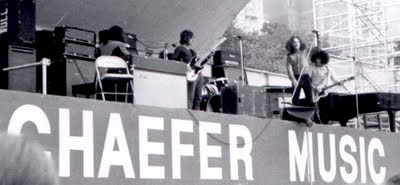
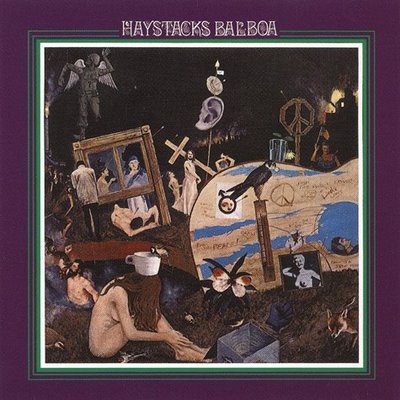
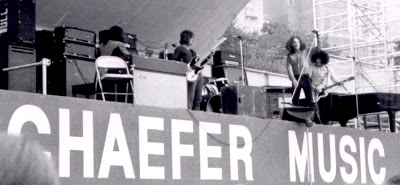
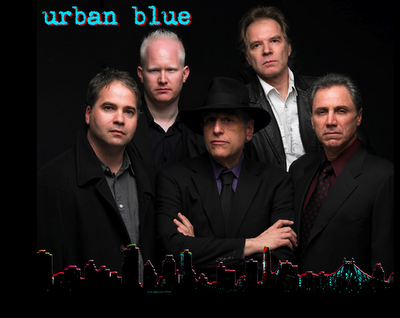
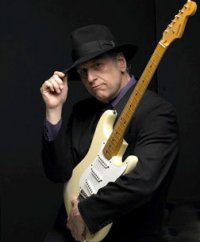
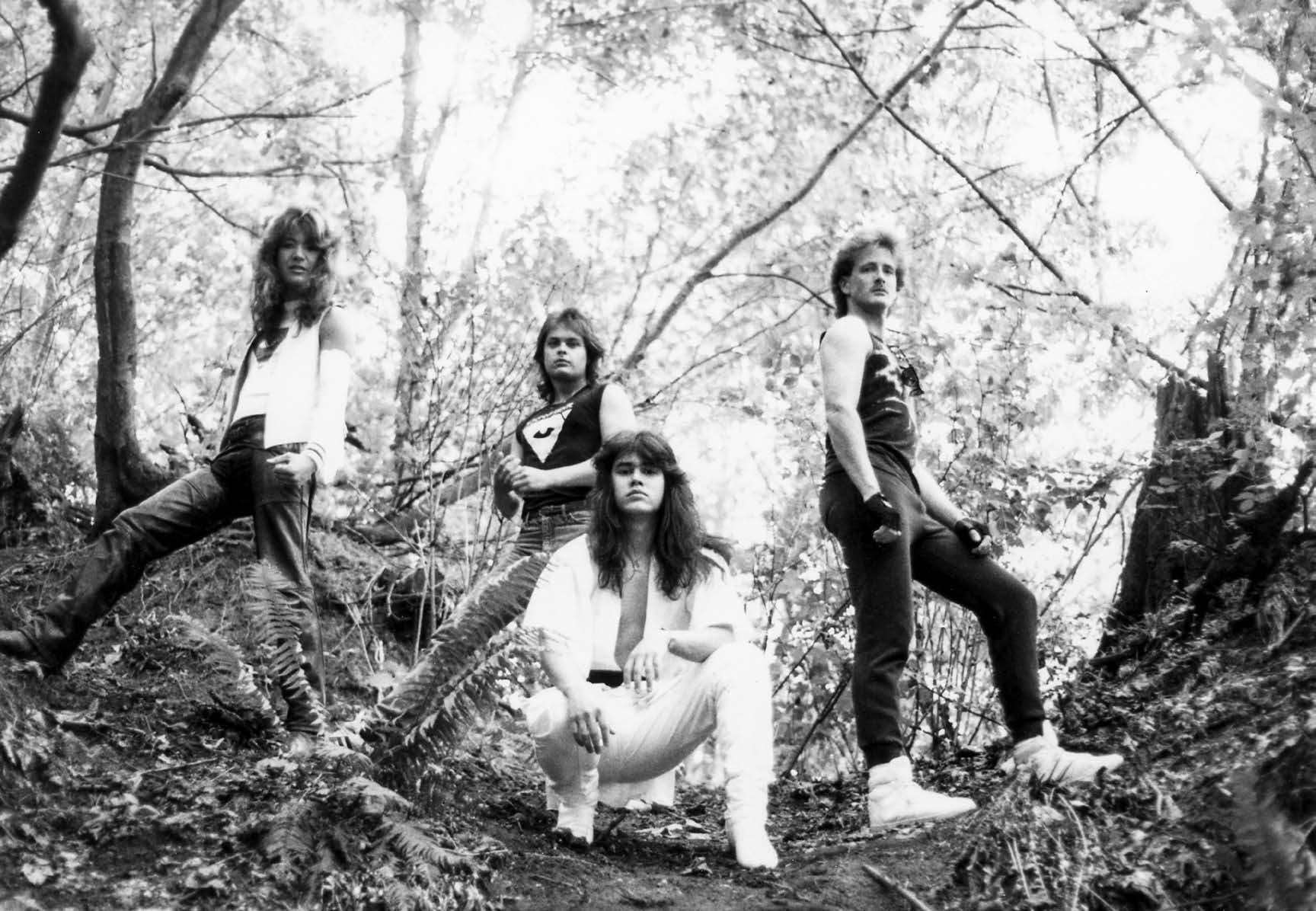
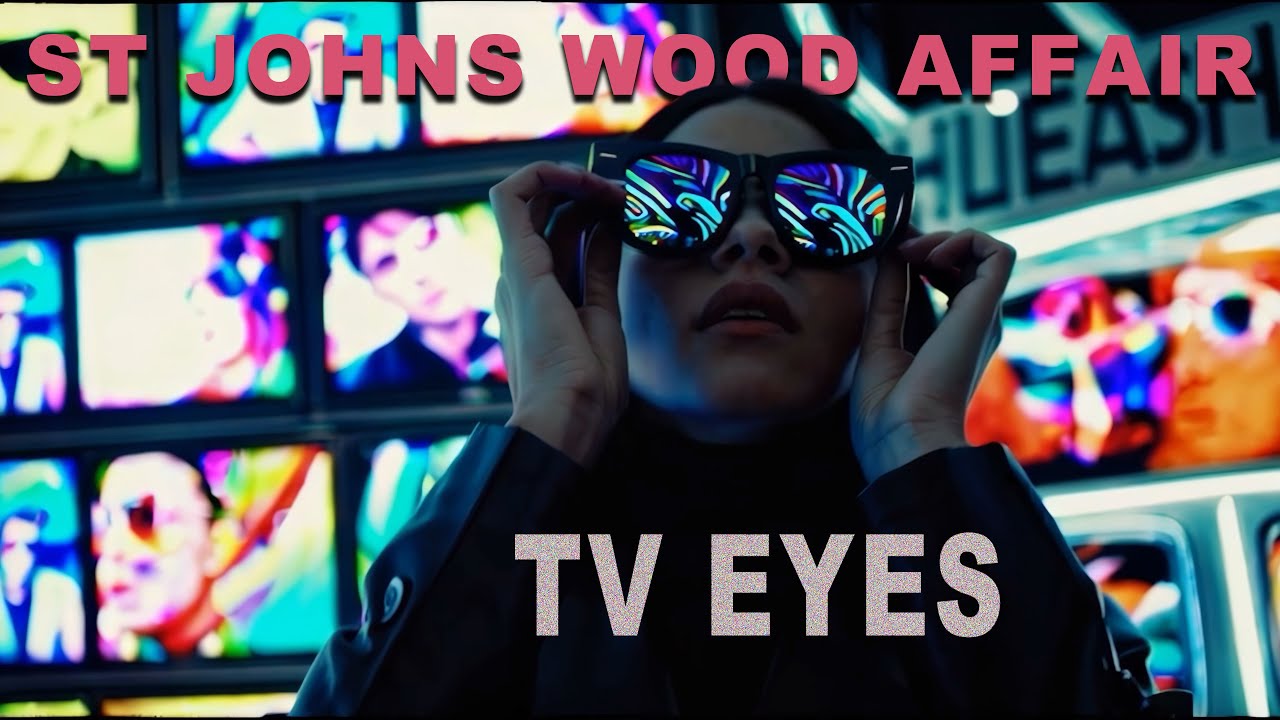
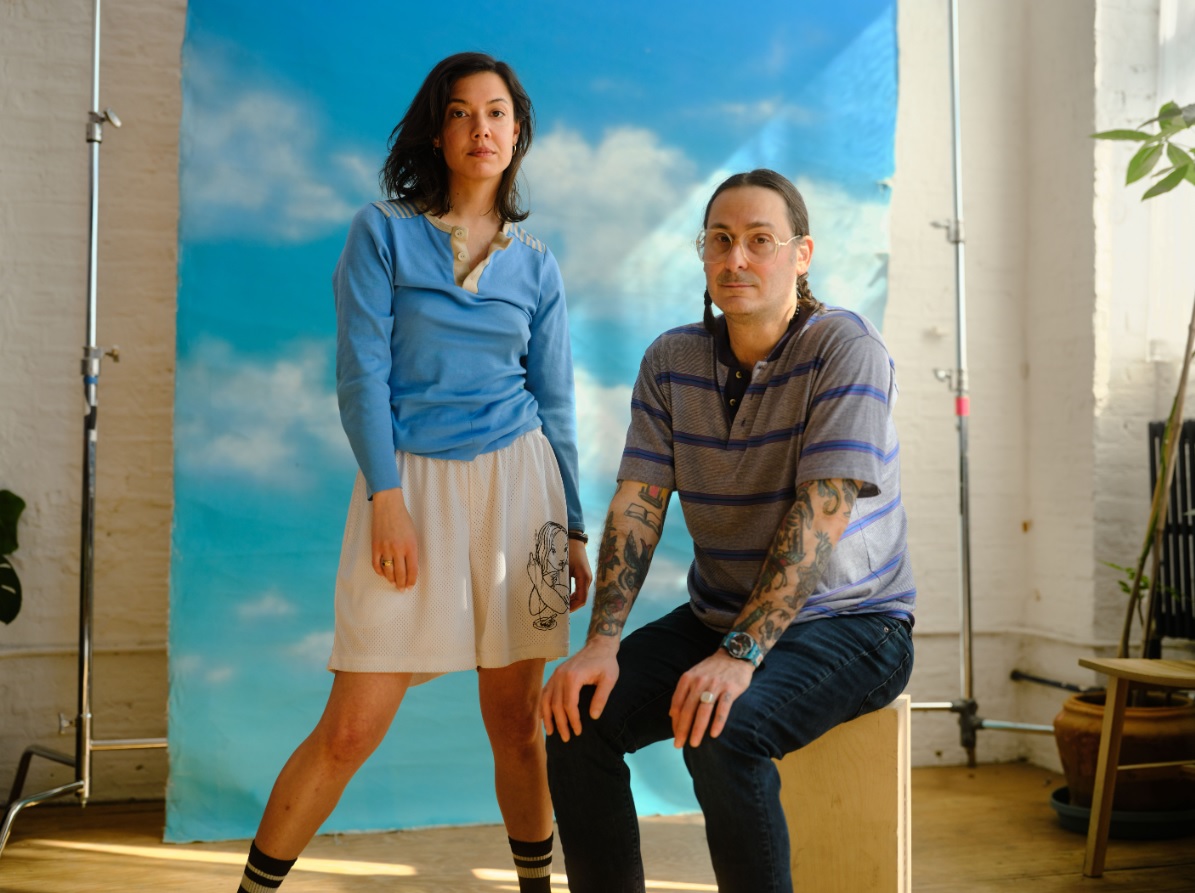
Thanks for the interview. I love the Haystacks Balboa album. Here's my interview with Mark Polott.
http://misfitmanonadune.blogspot.com/2008/07/haystacks-balboa.html
Would love to hear the LP that was shelved.
Thanks for your effots Klemen, another great interview! I love this album, one of the best heavies from the early '70s!
Rich
http://www.aftersabbath.com
You stated you hired a singer named Bruce Scott, If I have the right Bruce Scott , He started a Booking agency for Bands called Sunrise Management in Queens, This was in the early 70’s. I was in one of the many Bands he booked in the tri state area.